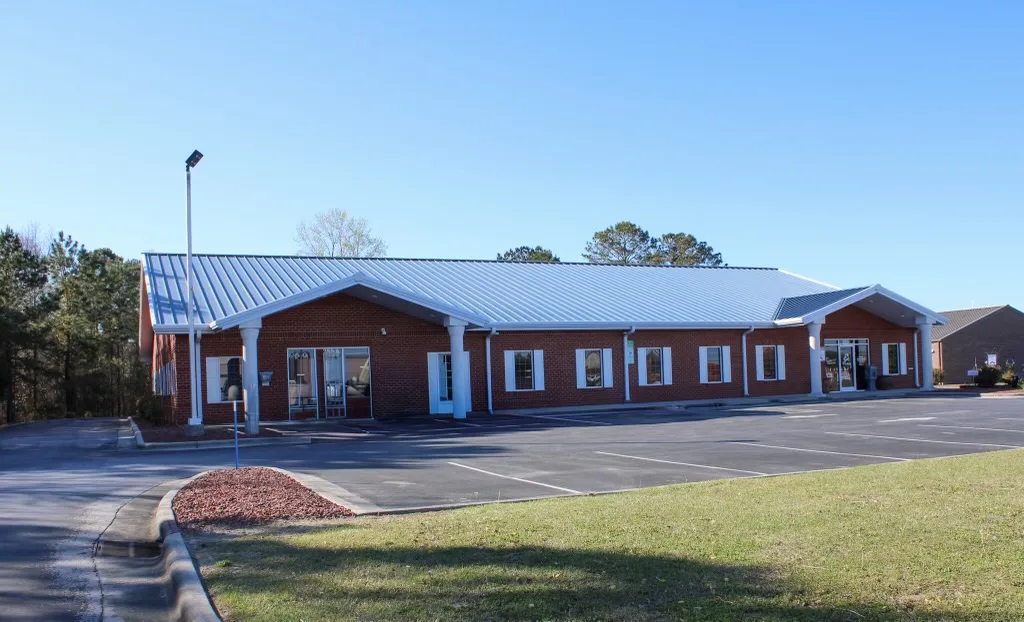Rising Drug Use in North Carolina and the Shortage of Medicaid-Accepting Inpatient Treatment Providers

North Carolina has experienced a significant increase in drug usage over recent years, leading to a pressing need for accessible addiction treatment services. However, a considerable gap exists between this growing demand and the availability of inpatient treatment providers that accept Medicaid, leaving many residents without the necessary care.
Rising Drug Usage in North Carolina
The state has seen alarming trends in substance use and related fatalities:
- Overdose Deaths: In 2020, North Carolina reported a 40% increase in overdose deaths compared to 2019, averaging nine deaths per day. This upward trend continued into 2021, with 4,041 overdose deaths—the highest number recorded in a single year for the state.
- Opioid Crisis: Opioids, particularly synthetic opioids like fentanyl, have been major contributors to these fatalities. In 2021, there were 3,339 opioid overdose deaths in North Carolina, accounting for 84% of all drug overdose deaths in the state.
- Substance Use Disorders: Between 2017 and 2019, approximately 7.5% of North Carolinians aged 12 or older had a past-year illicit drug use disorder, equating to around 79,000 individuals.
Medicaid and Inpatient Treatment Accessibility
Medicaid plays a crucial role in providing healthcare coverage to low-income individuals, including those seeking addiction treatment. However, several challenges hinder access to inpatient services for Medicaid beneficiaries in North Carolina:
- Limited providers: Despite the availability of some treatment centers accepting Medicaid, the number of facilities offering inpatient services remains insufficient to meet the growing demand. For instance, FreeRehabCenters.net lists only eight rehab centers in North Carolina that accept Medicaid, highlighting the scarcity of options.
- Capacity constraints: Existing inpatient facilities often face capacity limitations, leading to long waiting lists and delayed treatment for those in need.
- Geographic disparities: Rural areas often experience a shortage of inpatient treatment providers, making it challenging for residents in these regions to access necessary care.
Efforts to Bridge the Gap
Addressing the disparity between the rising need for addiction treatment and the availability of Medicaid-accepting inpatient providers requires a multifaceted approach:
- Expanding Medicaid coverage: North Carolina has made strides in expanding Medicaid coverage to more residents, which can increase access to various healthcare services, including addiction treatment.
- Increasing provider participation: Encouraging more treatment centers to accept Medicaid can enhance accessibility. This may involve incentivizing providers through financial support or streamlined administrative processes.
- Investing in treatment infrastructure: Allocating resources to build new facilities or expand existing ones, especially in underserved areas, can alleviate capacity issues and reduce geographic disparities.
- Enhancing outreach and education: Educating communities about available resources and the importance of seeking treatment can reduce stigma and encourage individuals to pursue help.
North Carolina’s escalating drug usage underscores the urgent need for accessible addiction treatment services. While Medicaid serves as a vital lifeline for many seeking care, the limited availability of inpatient providers accepting Medicaid presents a significant barrier. By expanding coverage, increasing provider participation, investing in infrastructure and enhancing community outreach, North Carolina can move toward bridging this gap and ensuring that all residents have the opportunity to receive the treatment they need.
Resources:
- https://www.ncdhhs.gov/news/press-releases/2022/03/21/north-carolina-reports-40-increase-overdose-deaths-2020-compared-2019-ncdhhs-continues-fight-against
- https://www.ncdhhs.gov/news/press-releases/2023/02/21/north-carolina-reports-22-increase-overdose-deaths
- https://www.ncdhhs.gov/assistance/mental-health-and-substance-use-disorders
- https://www.samhsa.gov/data/sites/default/files/reports/rpt32850/NorthCarolina-BH-Barometer_Volume6.pdf










